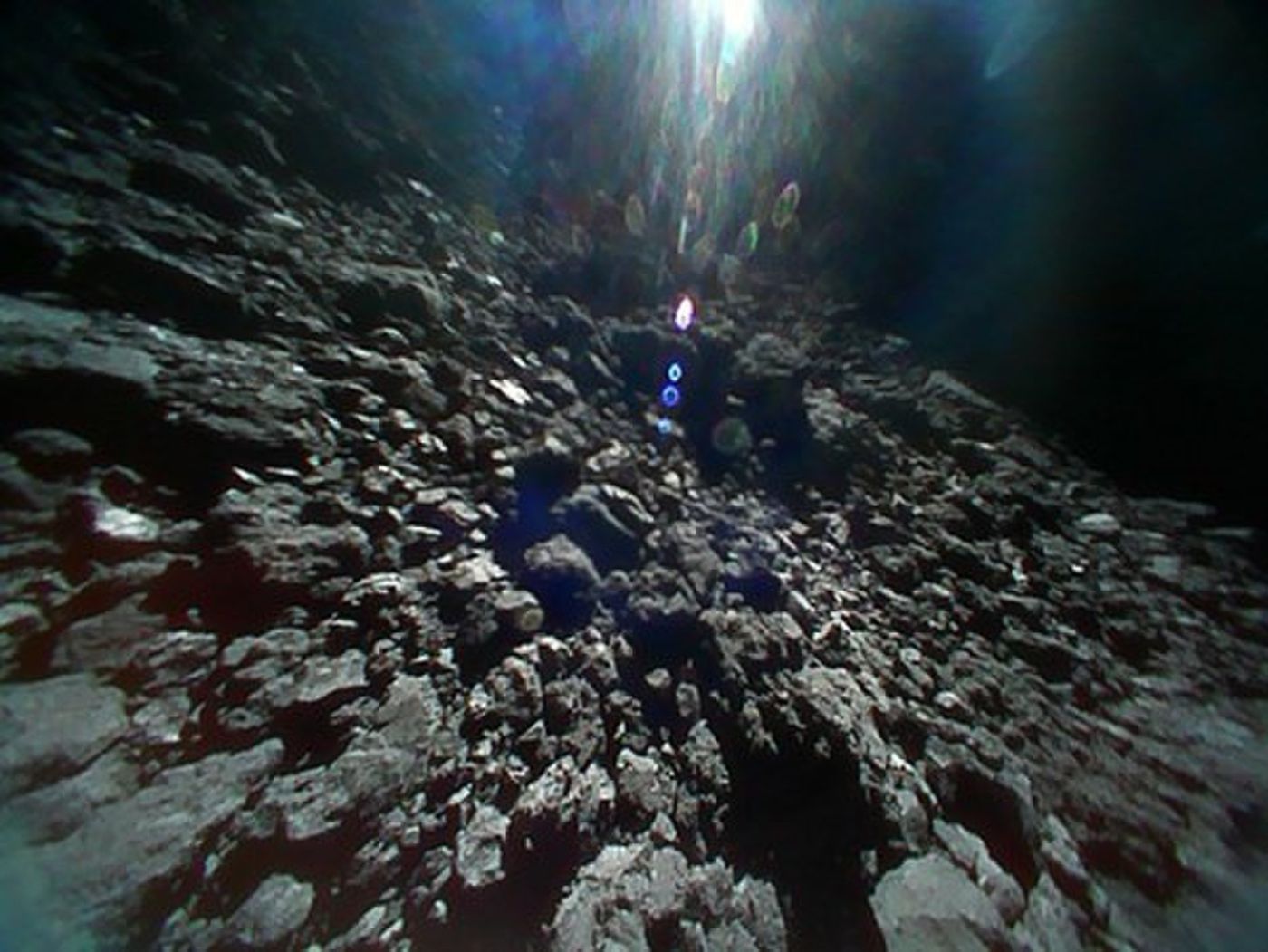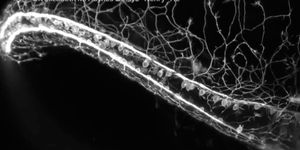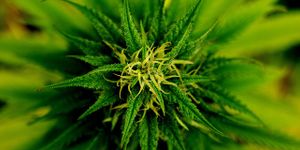JAXA's Hayabusa 2 Rovers Deliver First Images Depicting What it's Like On An Asteroid
It wasn’t long ago that JAXA’s asteroid-sampling Hayabusa 2 mission arrived at the asteroid 162173 Ryugu. When it got there, it became the first space mission to deploy two rovers, named Minerva-II1A and Minerva-II1B, on the surface of an asteroid.
Image Credit: JAXA
As you can probably imagine, JAXA didn’t put two expensive rovers on an asteroid’s surface for the heck of it; instead, they're equipped with high-definition cameras that can snap crisp photographs of the asteroid’s surface for the sake of scientific research.
Since arriving there, the rovers have already delivered their initial round of photographs showcasing 162173 Ryugu’s surface to scientists on Earth. Perhaps unsurprisingly, the pictures depict a bland, rocky, and cold place that appears unlikely to support alien life.
In the video below, you can see a lot more of the photographs captured by the rovers, including a time lapse where the Sun appears to move across the sky from left to right:
In one of the pictures, we can see the shadow of the rover being cast by the Sun. Parts of the rover, including the antenna and pin are visible in the shadow.
"I cannot find words to express how happy I am that we were able to realize mobile exploration on the surface of an asteroid," explained Hayabusa 2 project manager Yuichi Tsuda in response to the breathtaking photographs sent back by the mission.
Related: Meet the rare binary asteroid that was recently validated by NASA
Like most space rovers, Minerva-II1A and Minerva-II1B don’t stay in one spot for too long, but they don’t roll around on wheels like those placed on Mars by NASA. Instead, the rovers take advantage of 162173 Ryugu’s nearly non-existent gravitational influence by ‘jumping’ from one place to another with the help of an internal rotating counterweight mechanism.
In October, the Hayabusa 2 mission will move beyond Minerva-II1A and Minerva-II1B and deploy a lander dubbed MASCOT to study the asteroid’s surface in more detail. Then, next year, the spacecraft will deploy another rover called Minerva-II2 to pick up where its predecessors left off.
Before the mission comes to an end, however, the asteroid-orbiting primary spacecraft will get close enough to 162173 Ryugu’s surface to kick up some material and collect samples that it will then bring back to Earth for analysis.
Related: How much damage could an asteroid impact do to the Earth?
As space exploration takes us to bodies residing further away in the solar system, scientists will hopefully uncover some answers concerning how the Earth formed and how we all got here. After all, that’s the main reason humankind is so interested in studying the universe beyond our planet.









